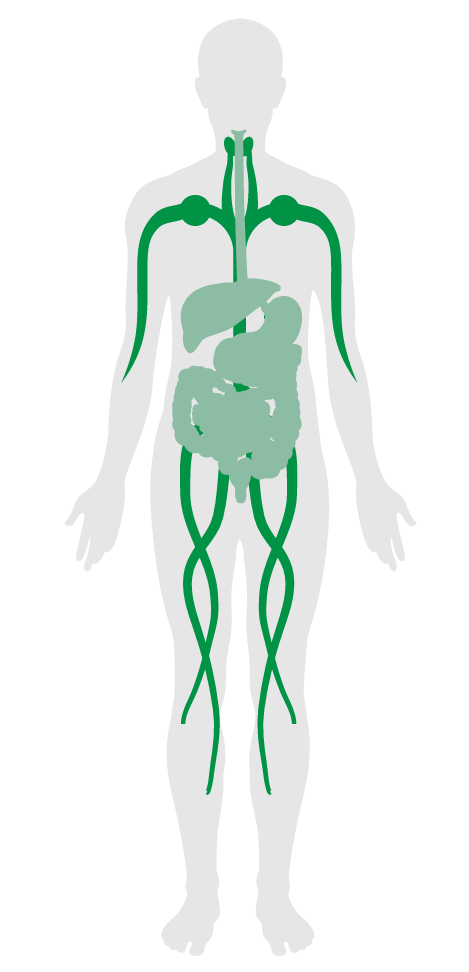Food contamination
Features/Nourishment/Feature 42
- 38 Fruits and vegetables
- 39 Processed foods
- 40 Food allergies
- 41 Hand washing
- 42 Food contamination
- 43 Artificial ingredients
- 44 Nutritional information
- 45 Food advertising
- 46 Safe food preparation materials
- 47 Serving sizes
- 48 Special diets
- 49 Responsible food production
- 50 Food storage
- 51 Food production
- 52 Mindful eating
- P1 Food environment
- P7 Strategic Dining Design
Food contamination
Intent:
To minimize occupant exposure to food-borne pathogens by providing safe food storage.
BACKGROUND
Foods such as raw meat, fish and poultry pose an increased risk of becoming contaminated with bacteria. Microorganisms from such foods can be transmitted to other products via cutting boards and other equipment and surfaces, leading to gastrointestinal problems associated with food poisoning. To mitigate foodborne illnesses, foods must be properly stored and clearly labeled, and prepared at sufficiently high temperatures. Effective sanitation techniques also need to be put in place to prevent or minimize the growth of pathogenic microorganisms and thus reduce the risk of contamination and transmission.
If raw meat, fish, or poultry is prepared or stored on site, cold storage spaces contain the following:
a.71
At least one removable, cleanable drawer or container located at the bottom of the unit, designated and labeled for storing raw meat, fish and poultry.
b.
A visual display of holding temperatures to ensure accurate representation of storage temperatures.
If raw meat is prepared or stored on site, the following conditions are met:
a.69
Food preparation areas have distinct, designated seamless cutting boards for raw foods (uncooked meats, fish and poultry) and ready-to-eat foods (2 minimum).
b.69
Each commercial food preparation or communal dining area has at least 2 separate sinks.

